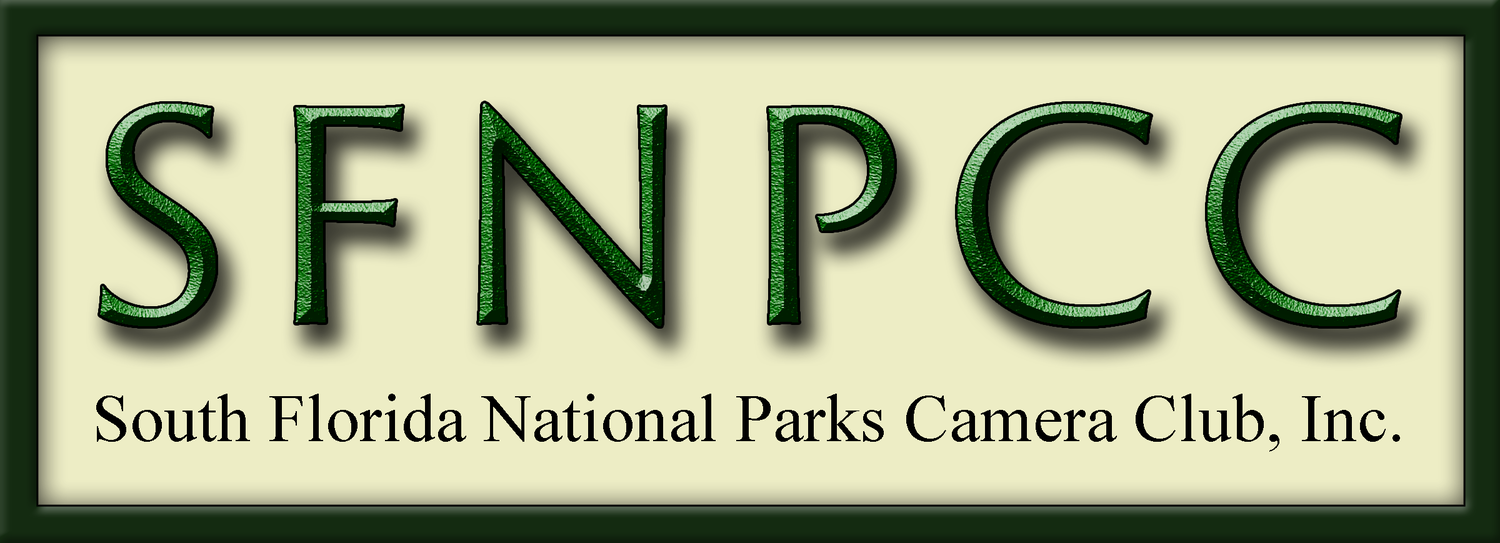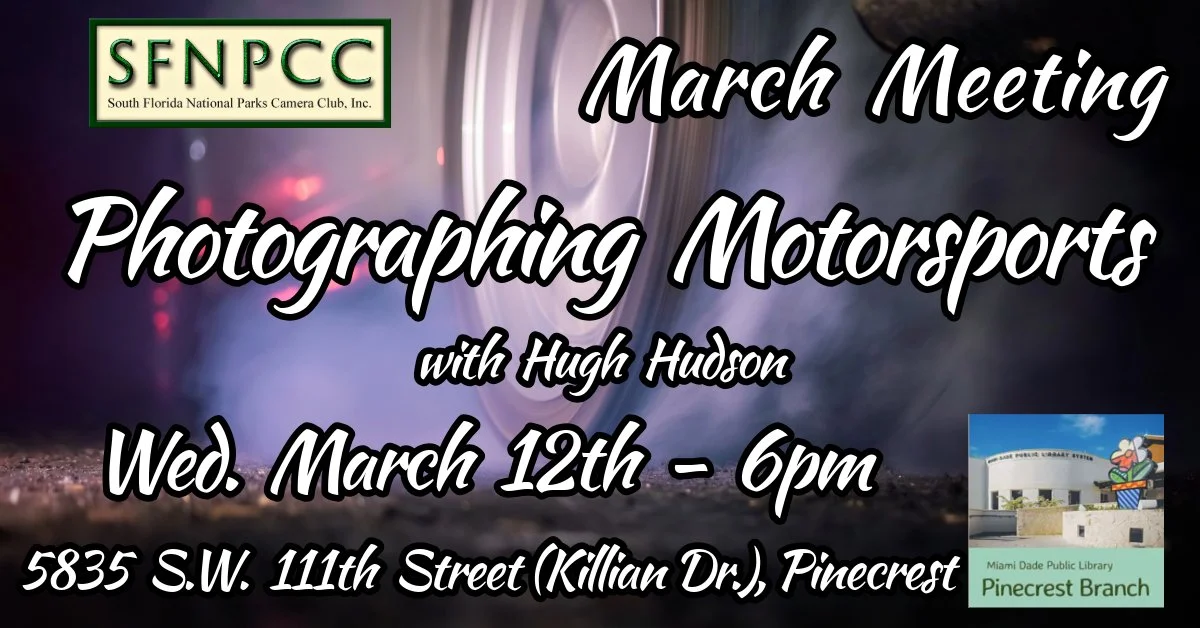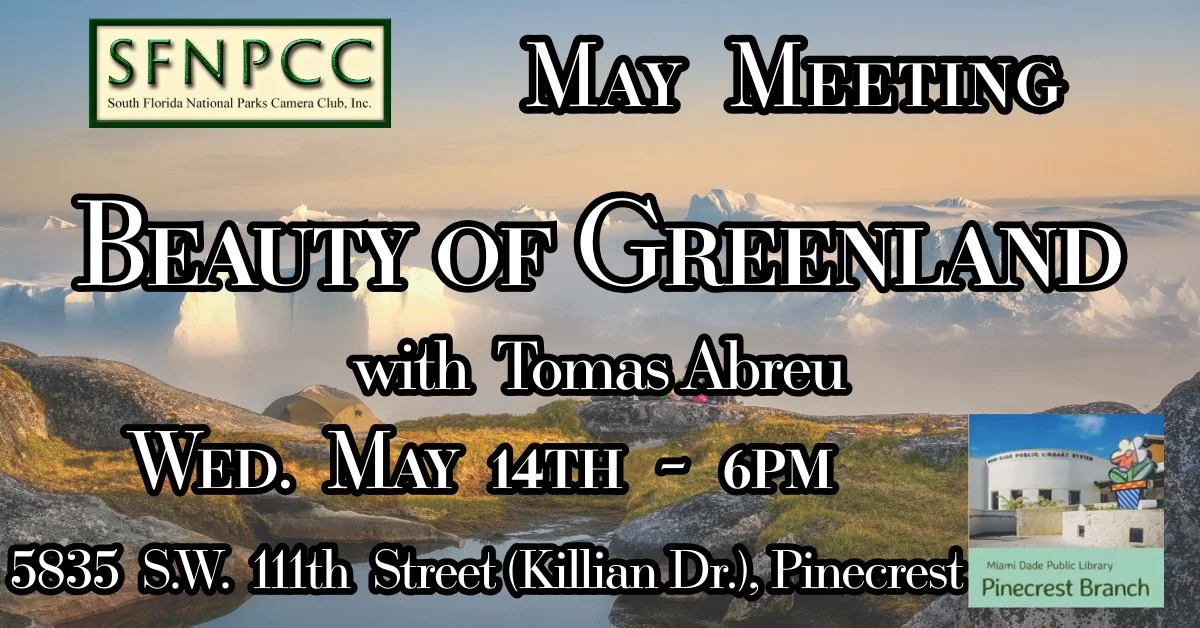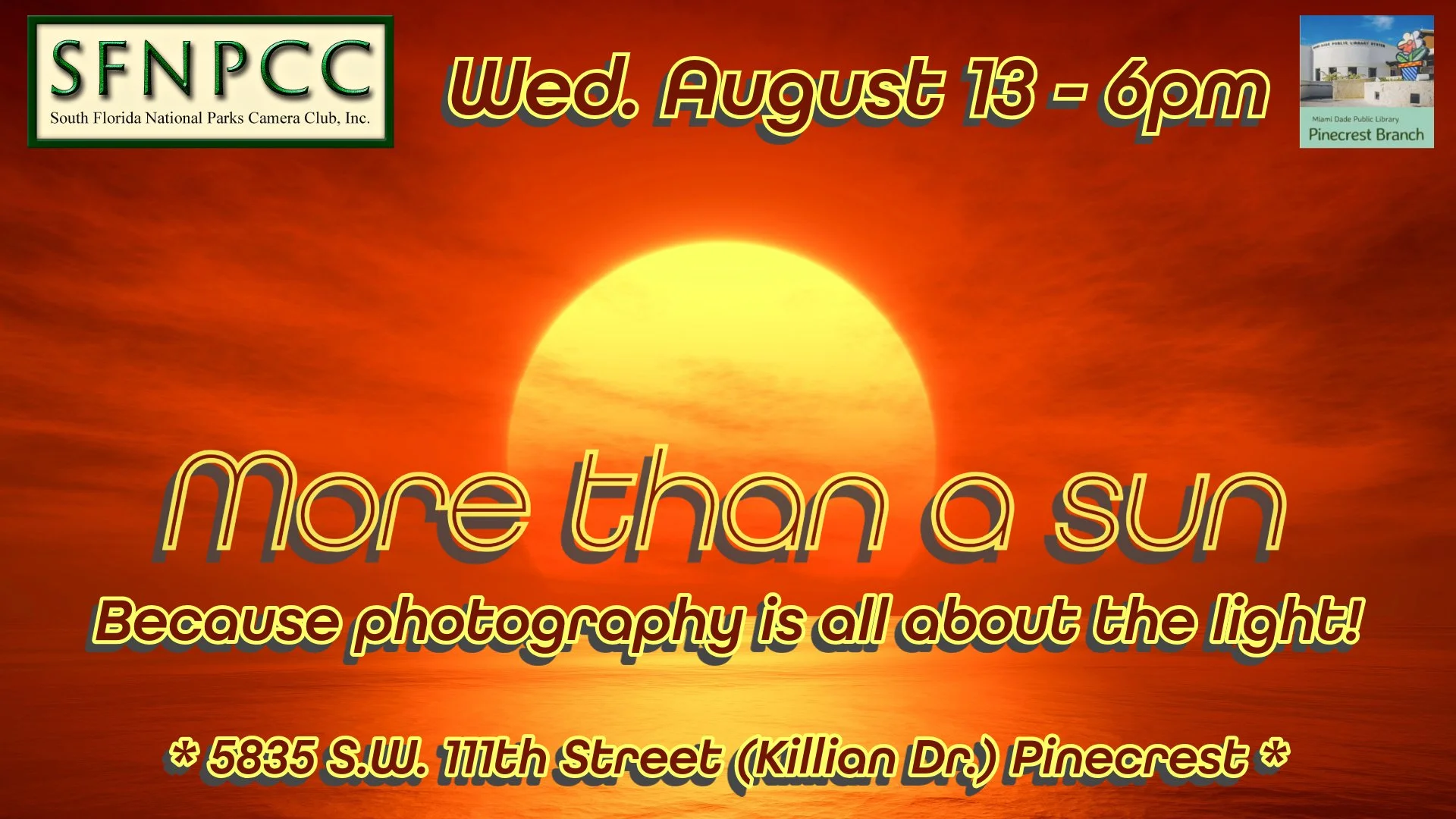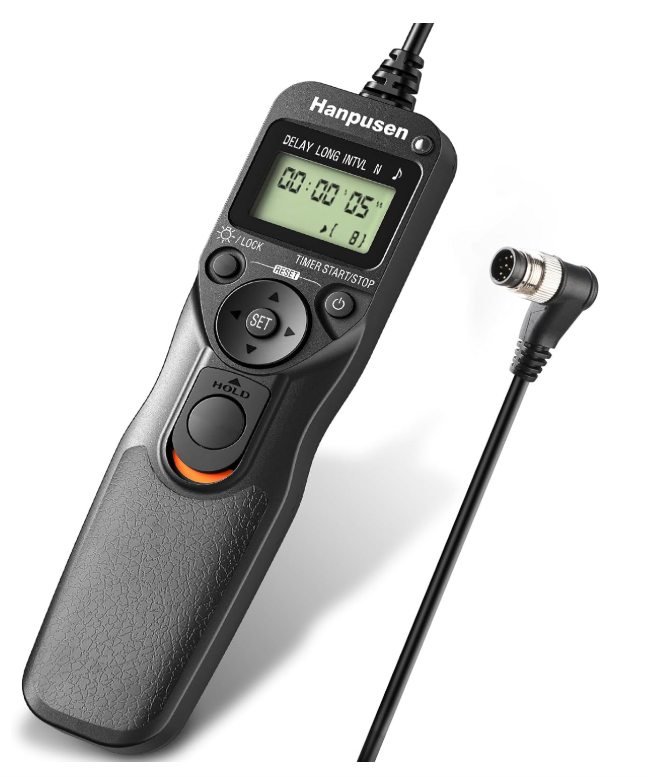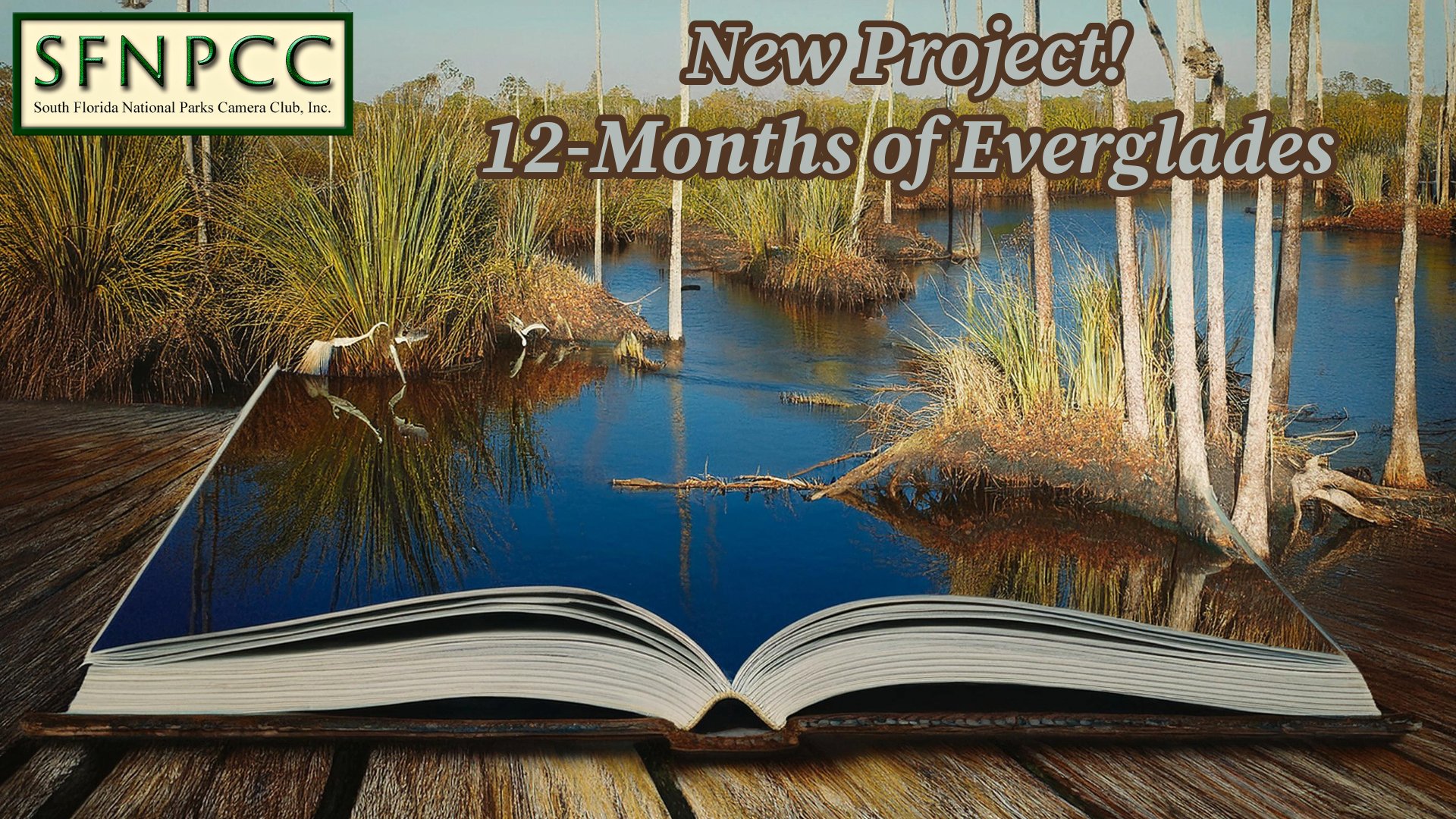So, how is this going to work?
a) The challenge begins on the 1st of the month and runs for a 3-month period, or quarter.
SPRING (April, May, June)
SUMMER (July, August, September)
AUTUMN (October, November, December)
WINTER (January, February, March)
b) During this 3-month period, you will go out and photograph subjects to fit the theme and edit your photos accordingly. You are only allowed to use photographs taken during this time for the challenge. Going through your old photos for something to fit the theme is not allowed. The purpose of the challenge is to find something new and ‘challenge’ yourself.
c) The last day of the 3rd month is the deadline for images. You MUST submit your images by midnight local time or they will not be accepted. You can submit them sooner if you wish. Submit to Email HERE
d) After the deadline, all images will be reviewed for adherence to the rules and then uploaded to our public Facebook page, anonymously, into a specific “challenge” album, and then shared with the public. We will ask fans to view and pick the images they like. This public voting stage will last for one month and is the first tier of our system to choose which images will be ‘featured’.
e) While the album is being shared with the public, we encourage everyone (if you’re on Facebook) to share the album on your own page, as many times as you like, and ask your friends to pick what they like as well. We STRESS that you NOT divulge which ones are yours! You will be on the honor system, but telling your friends to only vote for your photos is cheating. Please don’t do that. Also, if someone makes a comment on one of your anonymous photos, please don’t reply until after the challenge for that quarter is over. That’s a dead giveaway to your identity.
f) Throughout this month, I will send the photos to an esteemed person in the national/international photographic community who will rate them. This is the 2nd tier in our system. Also during this time, the album will be given to someone local in the photographic community to rate them. This is the 3rd and final tier of our system.
g) After the month is up, I will tally all of the 3 tiers and we will choose three (3) photos that will be featured on our webpage and social media outlets. If your images are chosen, we will contact you to get your current info, and ask for a blurb to go along with the image about your process or some details about the image you’d like to share.
h) While all of this “liking” and “ratings” are happening, we’ll start on our next 3-month challenge, with a new theme. Sound like fun?! 😊
RULES OF THE CHALLENGE
Participation in the challenge is open to SFNPCC members, officers, and directors in good standing ONLY.
1) Photo(s) must have been taken and edited only by you, during the stated quarterly timeframe, to fit the given theme.
2) You may submit up to two (2) images, but it’s not required (one is fine).
3) Photo(s) can be taken with any camera (cell phones too) – cameras are, after all, just a tool.
4) Photo(s) can be edited with whatever software program you use. However, we stress that nothing fake is added to the image, and no extreme time-blending is used. (More detailed EDITING rules are below.) Basically, don’t add anything that’s not already there, and don’t remove anything major.
5) Photo(s) must NOT have any identifiable marks or watermarks added to them. This is anonymous challenge. Also, do not remove the metadata. If I cannot determine when the photograph was taken, it will be disqualified.
6) Photo(s) must be exported as a JPG and sized for viewing on the web. (See below for export settings).
7) Photo(s) must be submitted by the deadline. Anything submitted after the deadline will be disqualified.
RULES FOR EDITING
About editing…
This challenge is definitely an exercise in creativity, but we also want you to adhere to the integrity of the photo’s subject matter. That being said, digital adjustments are absolutely allowed and encouraged to adhere to your vision.
Here’s a little something I ‘borrowed’ and paraphrased from the rules section of the NLPA competition website.
— t h e g o l d e n r u l e —
This is the Golden Rule which you should refer back to if you are unsure on any particular process. Another way to look at this would be to say that: A viewer familiar with the landscape and photographic process should not feel deceived if they were shown the original scene and raw file. Post-processing remains a critical part of realizing the potential of an image and the vision of the photographer.
Most techniques that photographers use are permitted, such as adjusting white balance, exposure, color and contrast, as well as dust spot removal and flare corrections. These changes can be made globally or locally (such as dodging and burning). Also allowed is stitching (a form of image blending) for panoramic photos, or stacking for focus blending or exposure blending, even in some cases time blending. But we’ll talk more about that below. Black and white conversions are also allowed. Heavy cropping is also allowed, as long as the integrity of the image is still viable (watch your pixels!).
Processing techniques that are NOT acceptable are:
1) Adding new elements into a photo, sometimes called “compositing”, either from one of your images, or from an outside source image, is prohibited. Such examples are sky replacements, the addition of birds, fog, the sun (including sunrays) or moon, rainbows, or anything else that wasn’t there at the time of the capture, is prohibited.
2) Heavily stretching or distorting elements for the “wow” factor. While we do allow for corrections due to lens distortions or warping due to panoramic stitching, we do not allow for the stretching of mountains, trees, or buildings (or any other elements) just to make them look more majestic and dramatic than they really are.
3) Extreme focal length blending. I don’t foresee this being an issue for us, but it needs to be stated. Due to the use of ultra-wide angle lenses (which is their inherent nature to distort) which makes the foreground look large but shrinks anything in the background. We do allow for minimal focal length blending to correct for that. But only to the point where it looks normal to the naked eye. Say you are shooting a wildflower/mountain scene with a 14mm wide angle lens, and you blend it with a 24mm shot of the background. That would be allowed. But photographing a foreground with a 14mm and blending it with a 50mm or higher is not acceptable. The type of blending allowed here is only to correct, not to add.
4) Combining images taken at significantly different times. This was what was discussed in #4 of the above rules. Doing an exposure blend, where one image is taken at a different exposure than the next, but within seconds or minutes of the original, are ok. That’s how we’re able to capture a high dynamic range image of a bright sky and dark foreground. What’s not acceptable is the taking of one image at a particular time, then blending it with another image taken several minutes to hours later. For example, taking an image of the foreground during twilight (shortly after sunset or before sunrise) and blending it with a shot taken at midnight, many minutes or hours later. The images must be shot consecutively and within reasonable time limits to the subject and conditions at hand.
